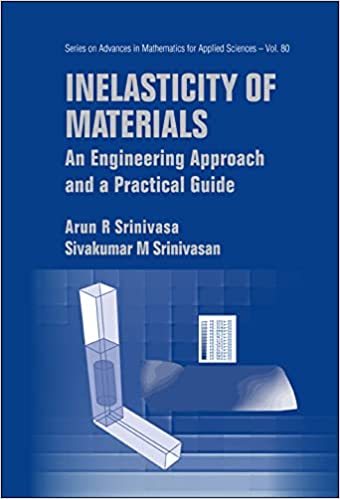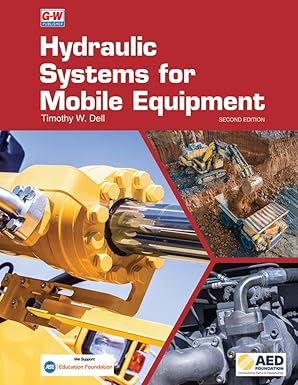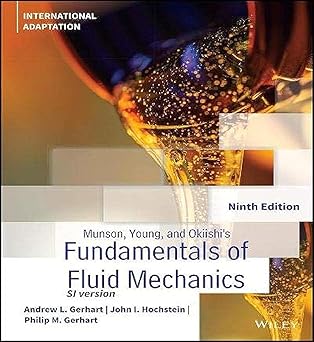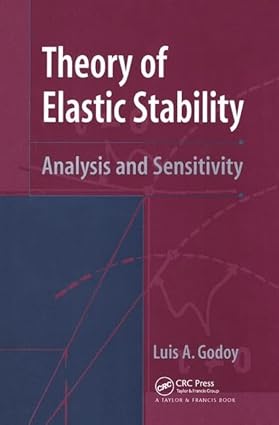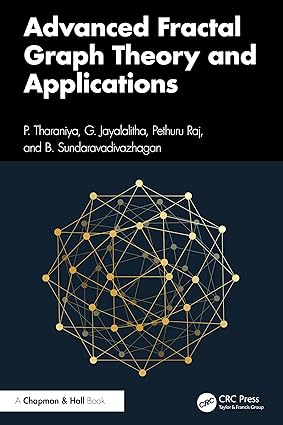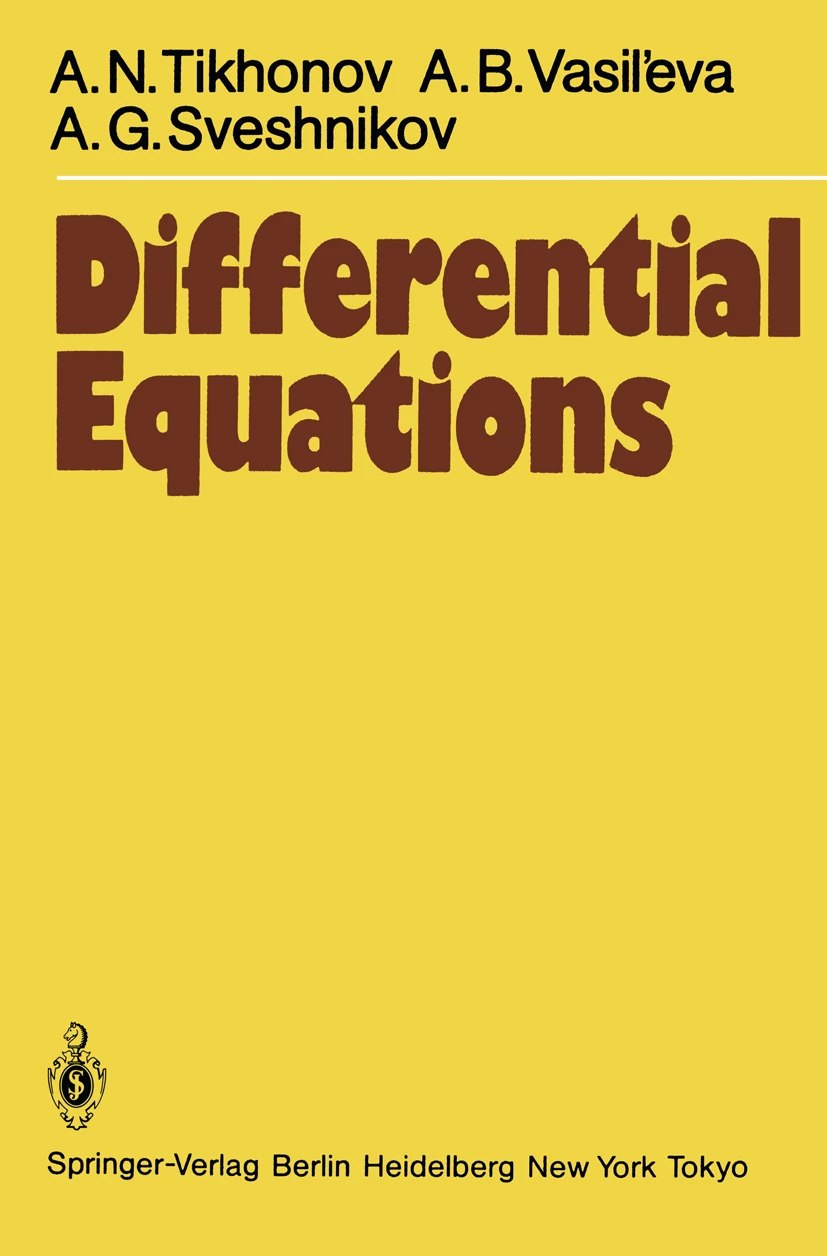With the advent of a host of new materials ranging from shape memory alloys to biomaterials to multiphase alloys, acquiring the capacity to model inelastic behavior and to choose the right model in a commercial analysis software has become a pressing need for practicing engineers. Even with the traditional materials, there is a continued emphasis on optimizing and extending their full range of capability in the applications. This textbook builds upon the existing knowledge of elasticity and thermodynamics, and allows the reader to gain confidence in extending one's skills in understanding and analyzing problems in inelasticity. By reading this textbook and working through the assigned exercises, the reader will gain a level of comfort and competence in developing and using inelasticity models. Thus, the book serves as a valuable book for practicing engineers and senior-level undergraduate/graduate-level students in the mechanical, civil, aeronautical, metallurgical and other disciplines.The book is written in three parts. Part 1 is primarily focused on lumped parameter models and simple structural elements such as trusses and beams. This is suitable for an advanced undergraduate class with just a strength of materials background. Part II is focused on small deformation multi-dimensional inelasticity and is suitable for a beginning graduate class. Sufficient material is included on how to numerically implement an inelastic model and solve either using a simple stress function type of approach or using commercial software. Case studies are included as examples. There is also an extensive discussion of thermodynamics in the context of small deformations. Part III focuses on more advanced situations such as finite deformation inelasticity, thermodynamical ideas and crystal plasticity. More advanced case studies are included in this part.- This textbook takes a new, task- or scenario-based approach to teaching and learning inelasticity. The book is written in an active learning style that appeals to engineers and students who wish to design or analyze structures and components that are subject to inelasticity.- The book incorporates thermodynamical considerations into the modeling right from an early stage. Extensive discussions are provided throughout the book on the thermodynamical underpinnings of the models.- This textbook is the first to make extensive use of MATLAB to implement many inelasticity models. It includes the use of concepts such as Airy stress functions to solve plane problems for inelastic materials. The MATLAB codes are listed in the appendix for one to modify with their own models and requirements.- Step-by-step procedures for formulations and calculations are provided for the reader to readily adapt to the inelastic problems that he or she attempts to solve.- A large number of problems, exercises and projects for one to teach or learn from are included. These can be assigned as homework, in-class exercises or projects.- The book is written in a modular fashion, which provides adequate flexibility for adaptation in classes that cater to different audiences such as senior-level students, graduate students, research scholars, and practicing engineers.
چکیده فارسی
با ظهور انبوهی از مواد جدید از آلیاژهای حافظه دار گرفته تا مواد زیستی و آلیاژهای چند فازی، دستیابی به ظرفیت مدل سازی رفتار غیر ارتجاعی و انتخاب مدل مناسب در نرم افزار تحلیل تجاری به نیاز مبرم برای مهندسان حرفه ای تبدیل شده است. حتی با وجود مواد سنتی، تاکید مداوم بر بهینه سازی و گسترش دامنه کامل قابلیت آنها در برنامه ها وجود دارد. این کتاب درسی مبتنی بر دانش موجود در مورد الاستیسیته و ترمودینامیک است و به خواننده اجازه میدهد تا در گسترش مهارتهای خود در درک و تجزیه و تحلیل مسائل در عدم کشش اعتماد به نفس پیدا کند. با مطالعه این کتاب درسی و انجام تمرینات تعیین شده، خواننده سطحی از راحتی و شایستگی در توسعه و استفاده از مدل های عدم کشش به دست می آورد. بنابراین، این کتاب به عنوان یک کتاب ارزشمند برای مهندسین شاغل و دانشجویان مقطع کارشناسی/کارشناسی ارشد در رشتههای مکانیک، عمران، هوانوردی، متالورژی و سایر رشتهها عمل میکند. این کتاب در سه بخش نوشته شده است. بخش 1 عمدتاً بر روی مدل های پارامتری توده ای و عناصر ساختاری ساده مانند خرپاها و تیرها متمرکز است. این برای یک کلاس پیشرفته در مقطع لیسانس با پس زمینه قوی مواد مناسب است. بخش دوم بر عدم ارتجاع چند بعدی تغییر شکل کوچک متمرکز شده است و برای یک کلاس فارغ التحصیل مبتدی مناسب است. مطالب کافی در مورد نحوه پیادهسازی عددی یک مدل غیرکشسان و حل آن با استفاده از روش تابع تنش ساده یا با استفاده از نرمافزار تجاری گنجانده شده است. مطالعات موردی به عنوان نمونه گنجانده شده است. همچنین بحث گسترده ای در مورد ترمودینامیک در زمینه تغییر شکل های کوچک وجود دارد. بخش سوم بر موقعیتهای پیشرفتهتر مانند عدم کشش تغییر شکل محدود، ایدههای ترمودینامیکی و پلاستیسیته کریستال تمرکز دارد. مطالعات موردی پیشرفتهتری در این بخش گنجانده شده است. - این کتاب درسی رویکردی جدید، مبتنی بر سناریو یا تکلیف را برای آموزش و یادگیری ناکشش دارد. این کتاب در یک سبک یادگیری فعال نوشته شده است که برای مهندسان و دانشجویانی که مایل به طراحی یا تجزیه و تحلیل ساختارها و اجزایی هستند که در معرض عدم ارتجاع هستند، جذاب است. - این کتاب ملاحظات ترمودینامیکی را از همان مراحل اولیه در مدلسازی گنجانده است. بحثهای گستردهای در سراسر کتاب در مورد زیربنای ترمودینامیکی مدلها ارائه شده است.- این کتاب درسی اولین کتابی است که از MATLAB برای پیادهسازی بسیاری از مدلهای غیرکشسانی استفاده گسترده کرده است. این شامل استفاده از مفاهیمی مانند توابع تنش هوایی برای حل مسائل صفحه برای مواد غیر کشسان است. کدهای متلب در ضمیمه فهرست شده اند تا یکی با مدل ها و نیازمندی های خود آن ها را اصلاح کند. روش های گام به گام برای فرمول ها و محاسبات برای خواننده ارائه شده است تا بتواند به آسانی با مسائل غیرکشسانی که سعی در حل آنها دارد تطبیق دهد. - تعداد زیادی از مسائل، تمرین ها و پروژه ها برای آموزش یا یادگیری از آنها گنجانده شده است. اینها را میتوان بهعنوان تکالیف، تمرینهای درون کلاسی یا پروژهها اختصاص داد.- کتاب به صورت مدولار نوشته شده است، که انعطافپذیری کافی برای انطباق در کلاسهایی را فراهم میکند که برای مخاطبان مختلف مانند دانشجویان سطوح ارشد، دانشجویان فارغالتحصیل، محققان پژوهشی، و مهندسان شاغل.
ادامه ...
بستن ...
ISBN-13: 978-9812837493
ISBN-10: 9812837493
ادامه ...
بستن ...
